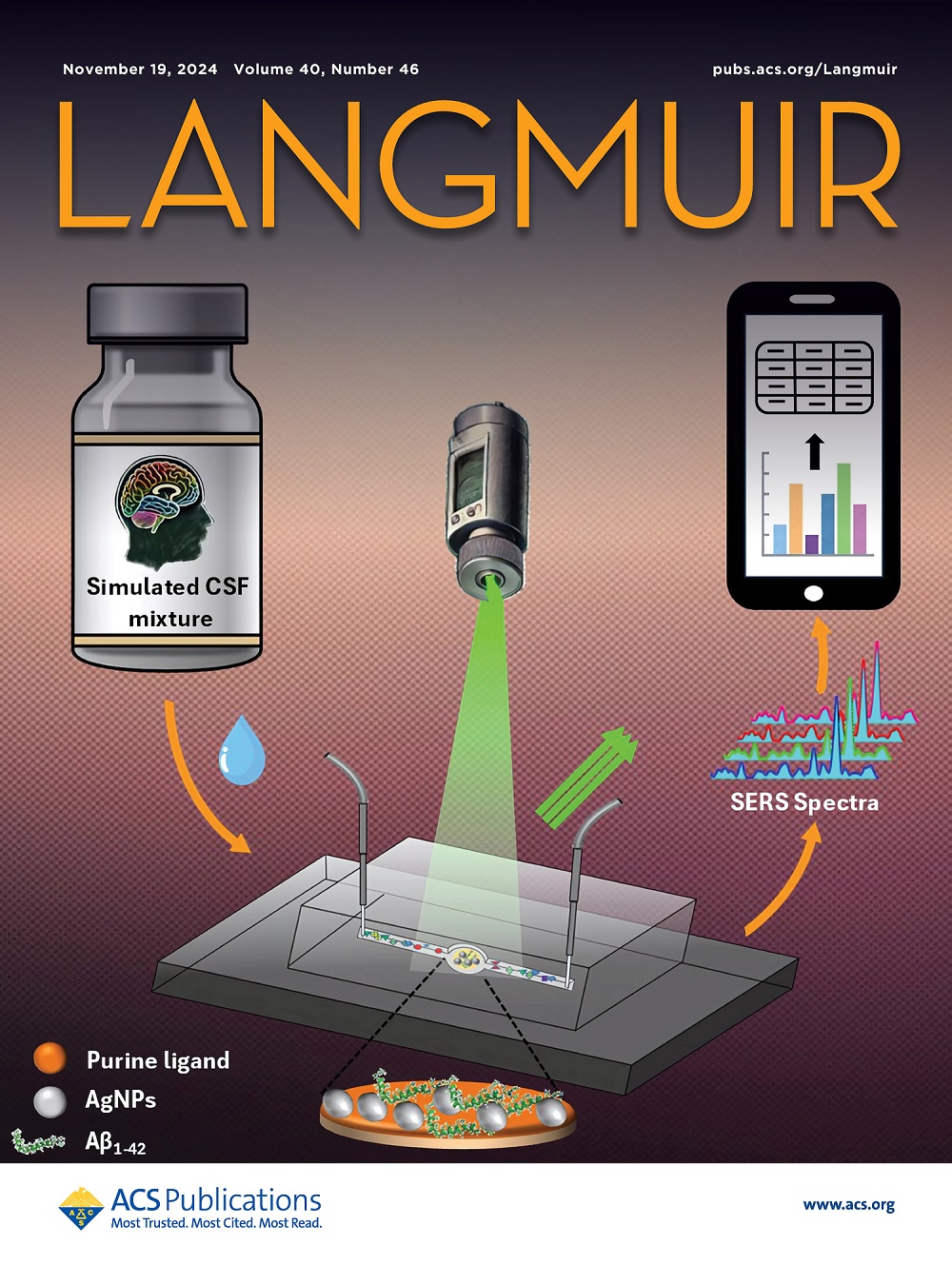利用煤渣制备微电解填料以去除受污染水中的有害物质
IF 3.9
2区 化学
Q2 CHEMISTRY, MULTIDISCIPLINARY
引用次数: 0
摘要
目前,气化炉渣在废水处理方面的利用受到限制。此外,染料废水和含有有害金属的废水对人类健康构成严重威胁。因此,本研究通过高温焙烧方法从气化渣中制备了一种微电解填料(MF),并评估了其在含有有机物和有害金属离子的水中的降解性能。研究了不同制备条件(包括初始溶液 pH 值和 MF 剂量)对降解过程的影响。结果发现,在初始 pH 值为 2、反应时间为 300 分钟、用量为 40 克/升时,甲基蓝的去除率为 92.21%。在初始 pH 值为 4、反应时间为 180 分钟、用量为 10 克/升时,对 Cu(II)、Cd(II) 和 Pb(II) 金属离子的去除率分别为 97.32%、96.58%和 99.38%。经过五个循环后,MF 工艺在去除废水中的染料和重金属方面表现出了持续的功效。机理分析表明,水处理过程并不是一个单一的吸附过程。相反,研究发现有机大分子会发生断链反应,而重金属离子则会发生氧化还原反应。废水处理过程包括一系列不同的策略,包括电化学反应、吸附、絮凝和沉淀。这些研究结果表明,气化炉渣绿色回收方法具有以废治废的潜力,符合可持续发展的原则。本文章由计算机程序翻译,如有差异,请以英文原文为准。

Preparation of Microelectrolysis Filler Using Coal Slag for the Removal of Hazardous Substances in Contaminated Water
Presently, the utilization of gasification slag in the context of wastewater treatment is constrained. Furthermore, the presence of dye wastewater and wastewater containing hazardous metals represents a significant threat to human health. Accordingly, the present study prepared a microelectrolytic filler (MF) from gasification slag via a high-temperature roasting method and evaluated its degradation performance in water containing organic matter and harmful metal ions. The impact of varying preparation conditions, including initial solution pH and MF dose, on the degradation process was examined. The removal of methyl blue was found to be 92.21% at an initial pH of 2, a reaction time of 300 min and a dosage of 40 g L–1. The removal of Cu(II), Cd(II), and Pb(II) metal ions was 97.32, 96.58, and 99.38%, respectively, at an initial pH of 4, a reaction time of 180 min, and a dosage of 10 g L–1. Following five cycles, the MF process demonstrated continued efficacy in the removal of dyes and heavy metals from the wastewater. A mechanistic analysis revealed that the water treatment process is not a single adsorption process. Instead, it was found that organic macromolecules undergo chain-breaking reactions, while heavy metal ions undergo redox reactions. The wastewater treatment process comprises a number of distinct strategies, including electrochemical reactions, adsorption, flocculation, and precipitation. These findings illustrate the potential of a gasification slag green recycling approach to treat waste with waste, in alignment with the principles of sustainable development.
求助全文
通过发布文献求助,成功后即可免费获取论文全文。
去求助
来源期刊

Langmuir
化学-材料科学:综合
CiteScore
6.50
自引率
10.30%
发文量
1464
审稿时长
2.1 months
期刊介绍:
Langmuir is an interdisciplinary journal publishing articles in the following subject categories:
Colloids: surfactants and self-assembly, dispersions, emulsions, foams
Interfaces: adsorption, reactions, films, forces
Biological Interfaces: biocolloids, biomolecular and biomimetic materials
Materials: nano- and mesostructured materials, polymers, gels, liquid crystals
Electrochemistry: interfacial charge transfer, charge transport, electrocatalysis, electrokinetic phenomena, bioelectrochemistry
Devices and Applications: sensors, fluidics, patterning, catalysis, photonic crystals
However, when high-impact, original work is submitted that does not fit within the above categories, decisions to accept or decline such papers will be based on one criteria: What Would Irving Do?
Langmuir ranks #2 in citations out of 136 journals in the category of Physical Chemistry with 113,157 total citations. The journal received an Impact Factor of 4.384*.
This journal is also indexed in the categories of Materials Science (ranked #1) and Multidisciplinary Chemistry (ranked #5).
 求助内容:
求助内容: 应助结果提醒方式:
应助结果提醒方式:


